Review: ‘Einstein and Eddington’
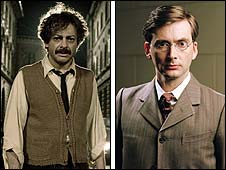 [[[Einstein and Eddington]]] is a story about the pursuit of truth against a background of war, violence, nationalism, subterfuge, and prejudice during World War I.
[[[Einstein and Eddington]]] is a story about the pursuit of truth against a background of war, violence, nationalism, subterfuge, and prejudice during World War I.
David Tennant, widely known as the latest incarnation of [[[Doctor Who]]], admirably plays Arthur Eddington, hailed as the “best measuring man in England.” Appointed as the Director of the Cambridge Observatory, the ninth since Sir Isaac Newton held the position, he is charge with maintaining the truth of Newtonian physics against all comers. Sir Oliver Lodge, another keeper of the Newtonian faith, is portrayed by the wonderful Jim Broadbent and assigns Eddington to investigate an up and coming German scientist, Albert Einstein whose work appears to question certain aspects of currently accepted physics. Lodge wants Eddington to prove Einstein wrong, demonstrating the superiority of “British science” over “German science.”
Andy Serkis’s portrayal of Albert Einstein is heartwarming, funny, and frustrating, all at the same time. Serkis is best known to audiences for his work as Gollum in [[[The Lord of the Rings]]] trilogy , but here we can see him as a flesh and blood actor. The character appears to be incapable of relating to most people, much to his estranged family’s dismay. He is offered a much needed job at the University of Berlin, the heart of the think-tank for developing better ways of making war. He cannot understand why they want to use science to build things and kill people, rather than simply love science for the sheer joy of figuring out how thing work, not bend it to their destructive will, and he is quite vocal about his position.
This is the situation when, much to Eddington’s dismay, he discovers that Einstein may indeed be right about flaws in Newton’s laws. Having never met the man, he writes Einstein a letter which is simply a page of equations. Einstein responds in kind. Eddington, a Quaker and pacifist, had found a balance in his life between science and faith, finding room for both Newton and God. Until he receives Einstein reply.
Between the lines of equations the two men share, they continue to pursue the truth behind the physics and develop an unusual friendship. Their work continues through a series of personal trials: Einstein ’s affair which leads to a divorce, Eddington’s loss of a dear friend at the Battle of Ypres where he is killed by mustard gas, developed by the same institution employing Einstein, and both of them coming into conflict with the demands of their respective employers.
Something of a recluse, Eddington was never comfortable with being the focus of public attention so it was fortunate that his work brought more attention to the work of Albert Einstein and his Theory of General Relativity.
Einstein and Eddington is a fine introduction to these two geniuses and the science they both loved so dearly.
This period piece was filmed on location at Cambridge University, with Croatia and Hungary standing in for Germany and West Africa. It was written by Peter Moffat and directed by Philip Martin, the team behind the acclaimed [[[Hawking]]]. The BBC production was filmed in association with HBO and debuted on November 22 in the United Kingdom. An American airdate on the premium channel has not been announced.


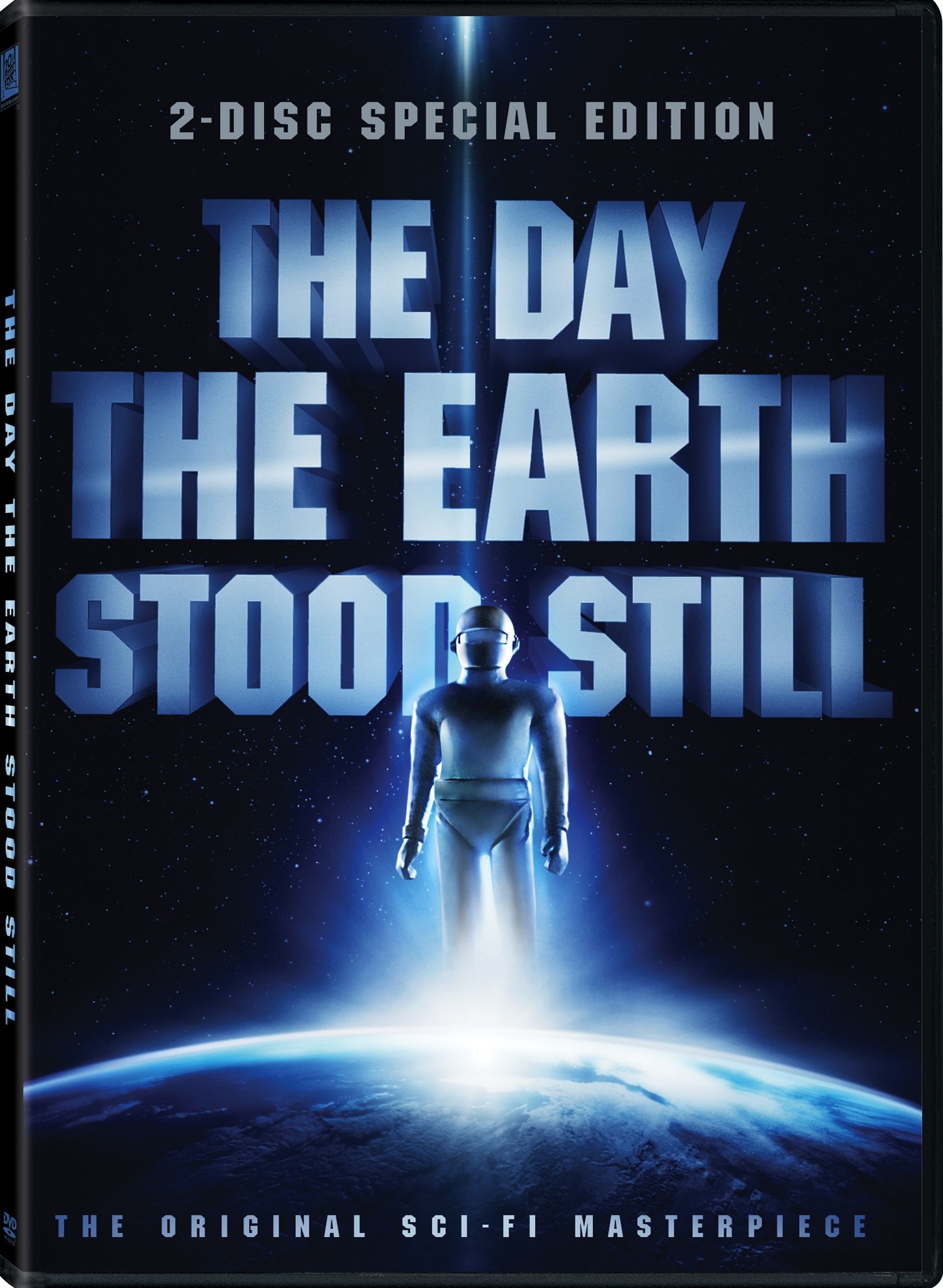 The very best science fiction comments on today’s problems wrapped around a provocative story involving characters and situations that people can relate to. They are also snapshots of moments in time and
The very best science fiction comments on today’s problems wrapped around a provocative story involving characters and situations that people can relate to. They are also snapshots of moments in time and 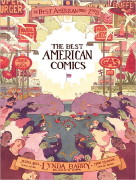
 Movies about movie making can be filled with inside jokes that lose the audience or use the miniature world of a set to tell a dramatic story. Then there’s [[[Tropic Thunder]]], a broad comedy poking fun at multiple Hollywood types in one stroke.
Movies about movie making can be filled with inside jokes that lose the audience or use the miniature world of a set to tell a dramatic story. Then there’s [[[Tropic Thunder]]], a broad comedy poking fun at multiple Hollywood types in one stroke.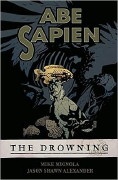
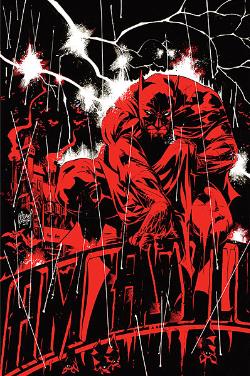 The eagerly anticipated [[[Batman: Cacophony]]] #1 finally hit shelves this month, and, on many levels, it did not disappoint. The three-issue series is authored by famous screenwriter/director Kevin Smith, and his signature style is evident. Smith, as always, manages to weave in a healthy dose of crude, sexual humor, and it is surprisingly successful coming out of The Joker’s mouth. The tone of the book, however, is not as dark as one would think. The atmosphere created by the creative minds at work is more a cartoonish, brightly colored Pulp Fiction than the noir-esque Batman of years past. A color palette of burnt oranges, yellows, and primary colors adorn the pages in the book, and this tone nicely compliments Kevin Smith’s clever, quick witted humor.
The eagerly anticipated [[[Batman: Cacophony]]] #1 finally hit shelves this month, and, on many levels, it did not disappoint. The three-issue series is authored by famous screenwriter/director Kevin Smith, and his signature style is evident. Smith, as always, manages to weave in a healthy dose of crude, sexual humor, and it is surprisingly successful coming out of The Joker’s mouth. The tone of the book, however, is not as dark as one would think. The atmosphere created by the creative minds at work is more a cartoonish, brightly colored Pulp Fiction than the noir-esque Batman of years past. A color palette of burnt oranges, yellows, and primary colors adorn the pages in the book, and this tone nicely compliments Kevin Smith’s clever, quick witted humor. 
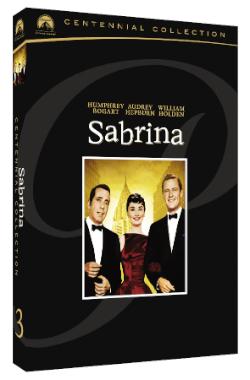 As a Humphrey Bogart fan, I was exposed to the delight that is [[[Sabrina]]] back in high school and fell in love with the romantic comedy. It has held up to repeated viewings through the years and makes you wonder why Paramount ever bothered to remake it. If you forget, it starred Harrison Ford and was atrocious.
As a Humphrey Bogart fan, I was exposed to the delight that is [[[Sabrina]]] back in high school and fell in love with the romantic comedy. It has held up to repeated viewings through the years and makes you wonder why Paramount ever bothered to remake it. If you forget, it starred Harrison Ford and was atrocious.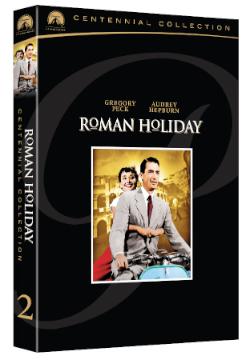 When it opened,
When it opened, 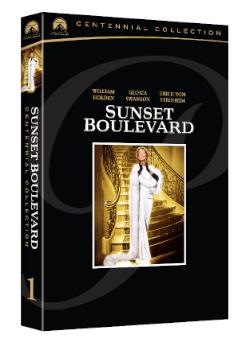 The cult of celebrity has been with us for millennia but it really entered a new phase when everyone could see and react to the same experience, such as the era of Silent Films. From coast to coast, people could see the same story performed the same way and it helped bring people together as many performers suddenly became household names and were the first people haunted by the paparazzi.
The cult of celebrity has been with us for millennia but it really entered a new phase when everyone could see and react to the same experience, such as the era of Silent Films. From coast to coast, people could see the same story performed the same way and it helped bring people together as many performers suddenly became household names and were the first people haunted by the paparazzi.








